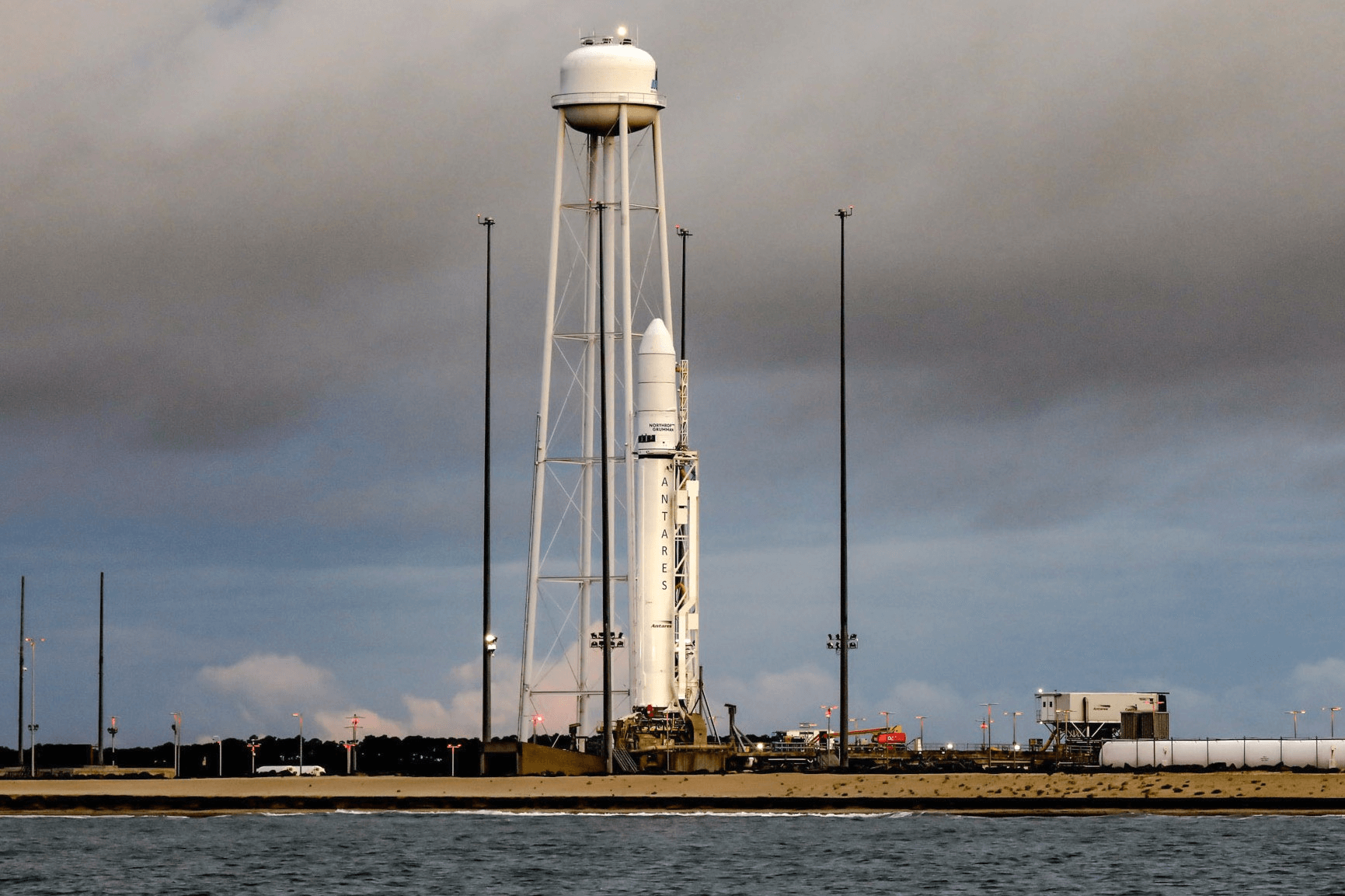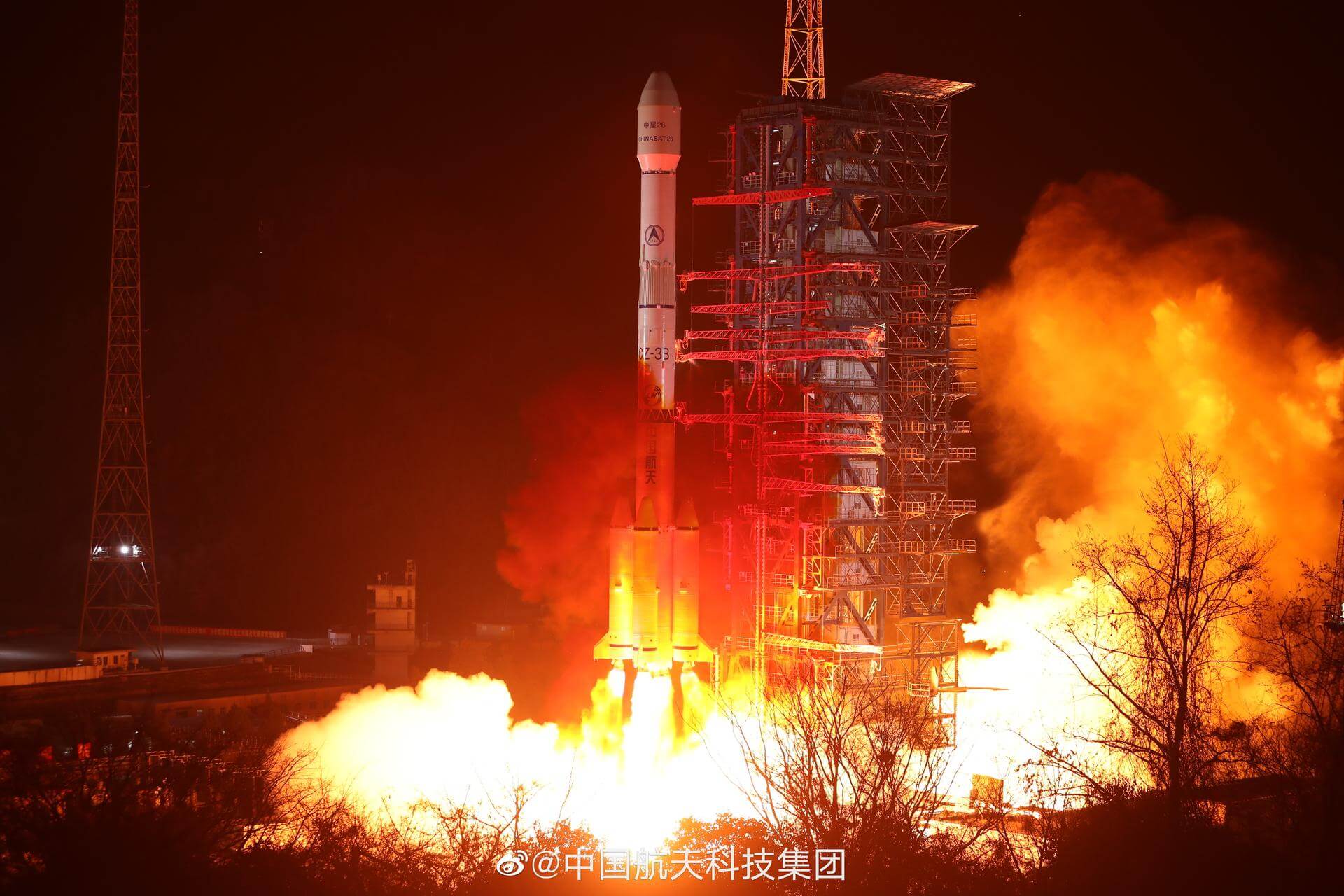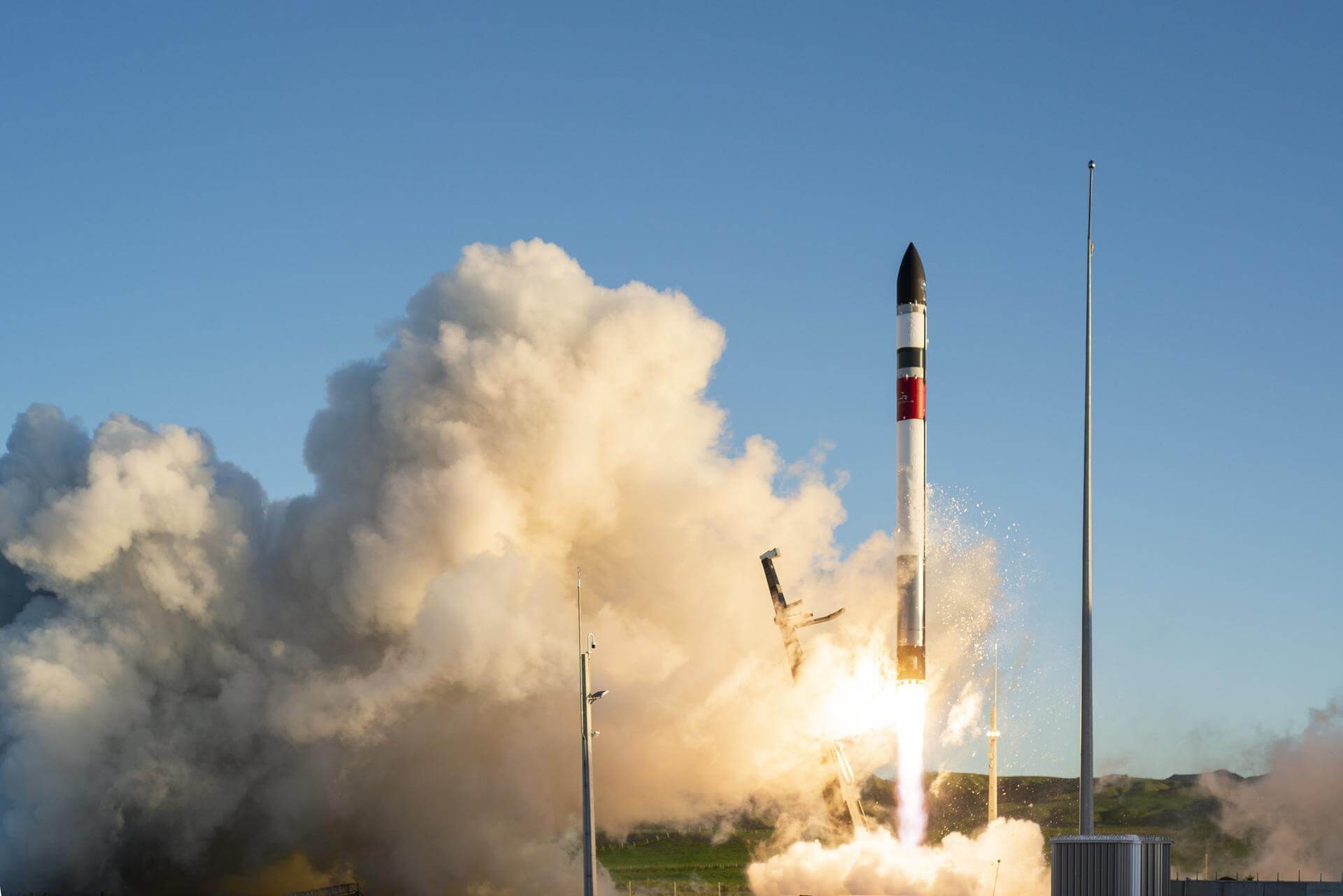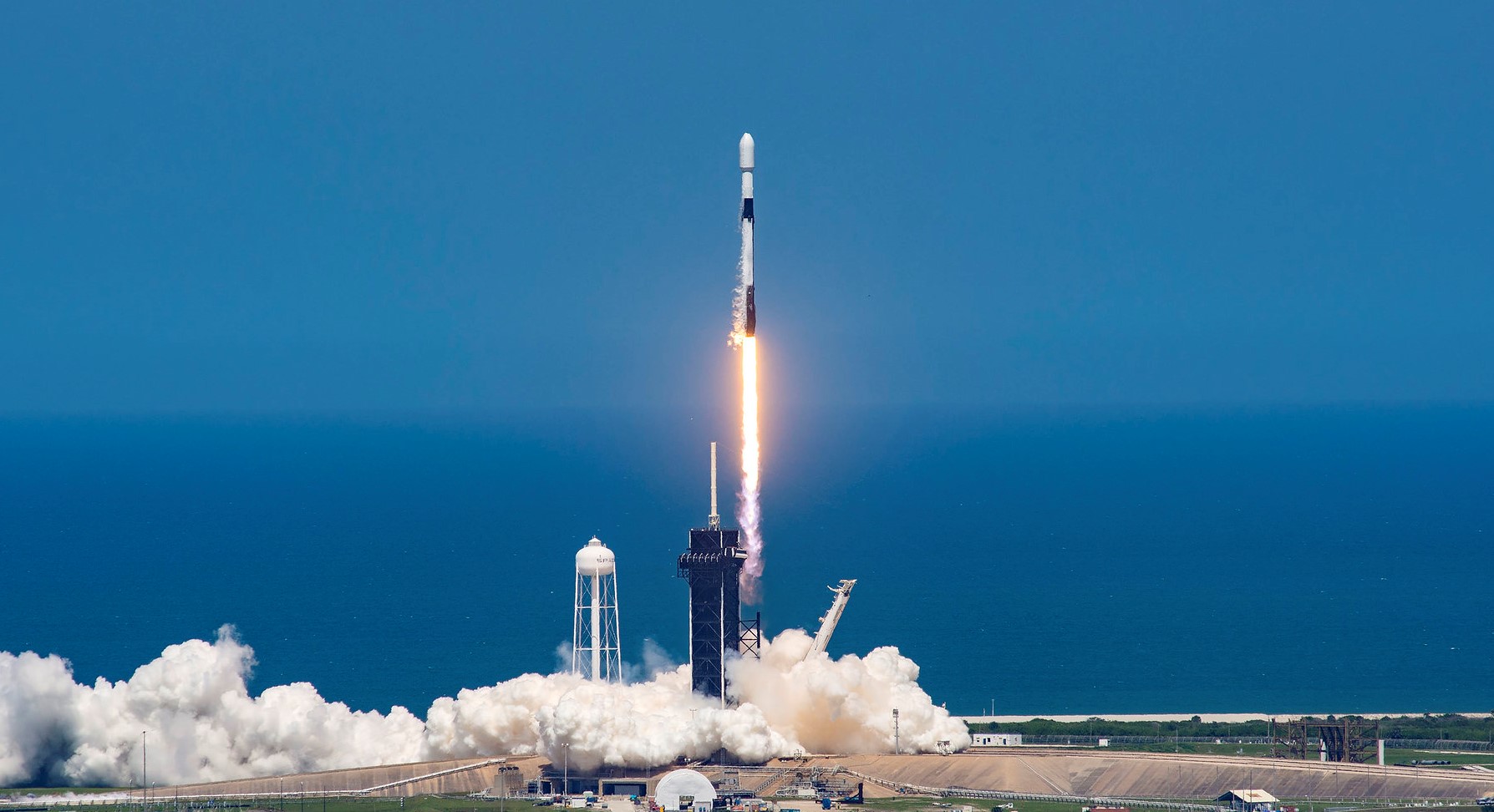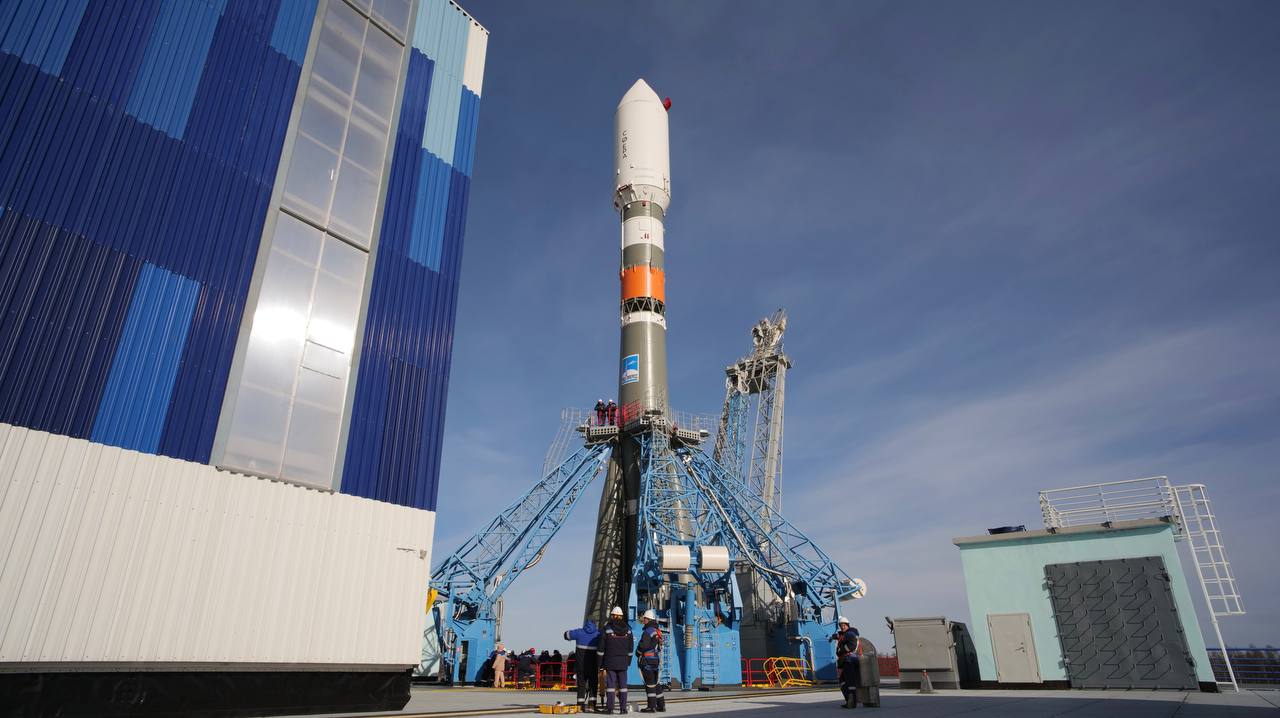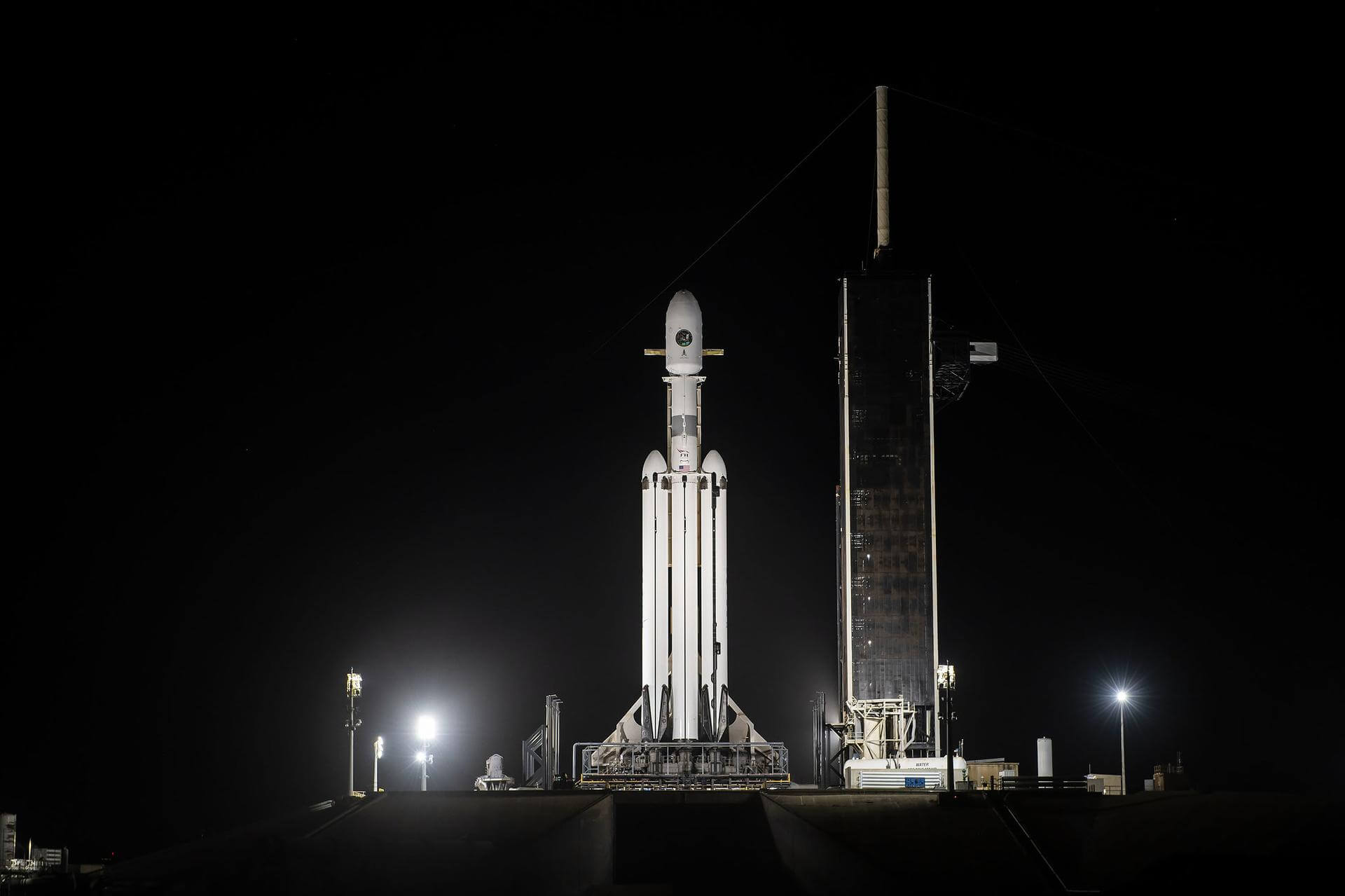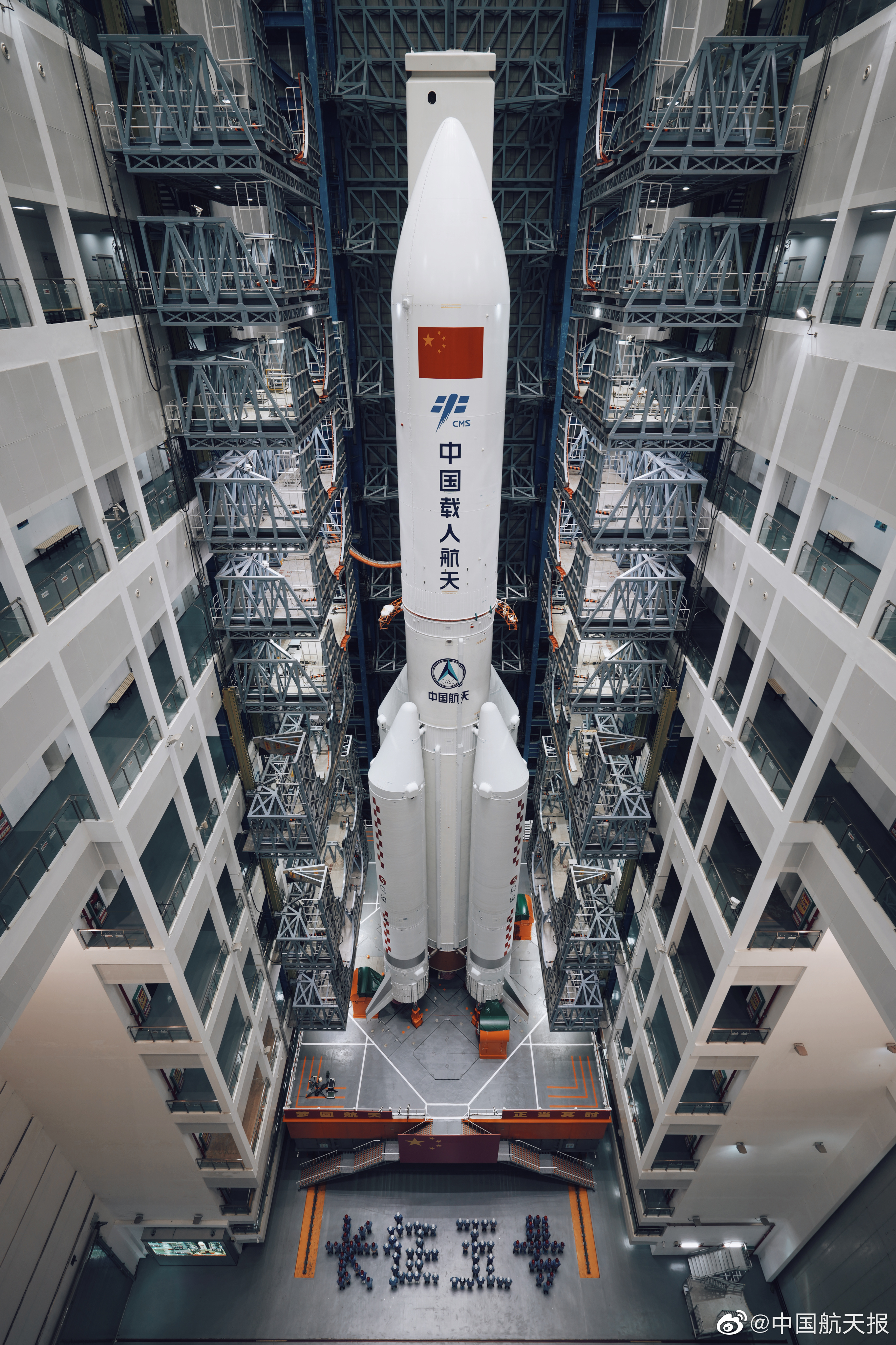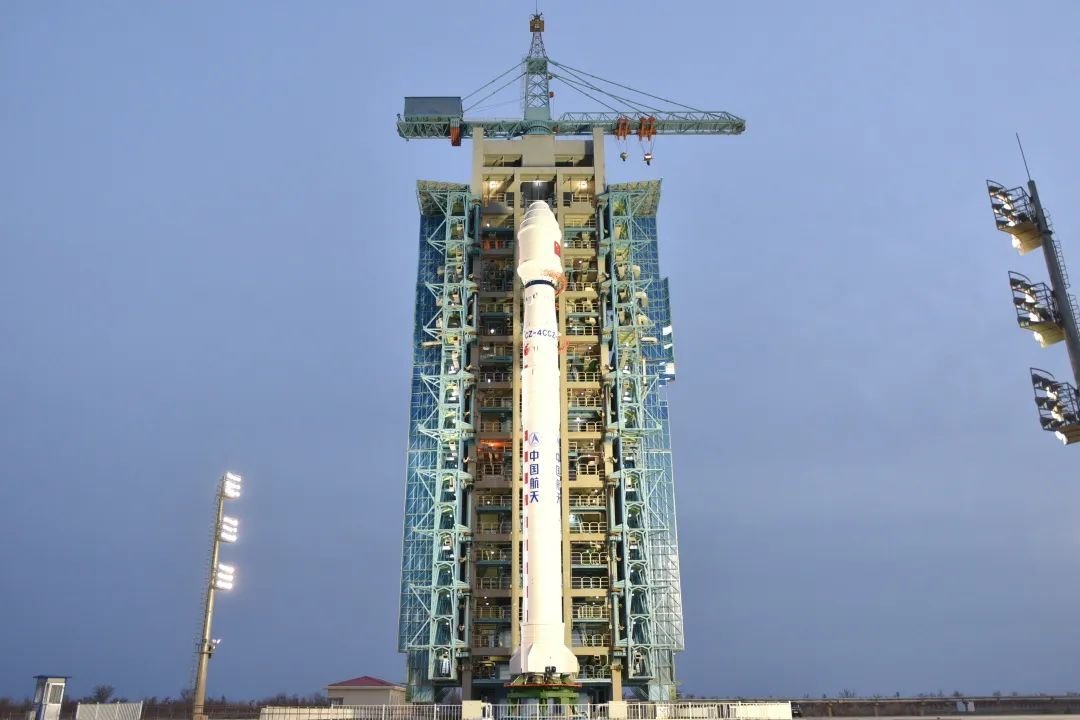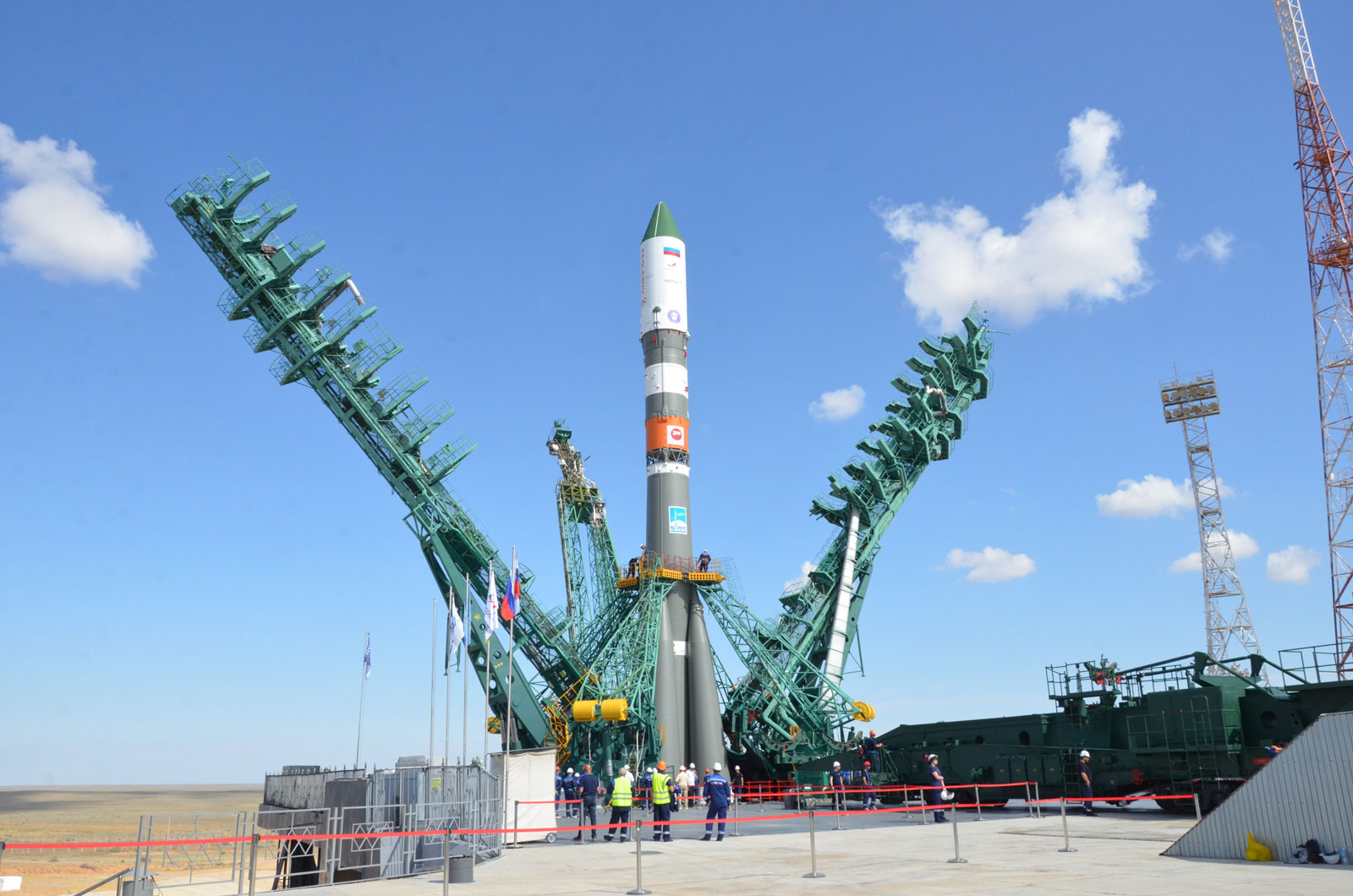Previous Spaceflight Launches
Filter by Agency, Locations or Vehicles
Show All LaunchesAntares 230+ | Cygnus CRS-2 NG-18 (S.S. Sally Ride)
Northrop Grumman Space Systems | United States of AmericaWallops Flight Facility, Virginia, USA
Nov. 7, 2022, 10:32 a.m.
Long March 3B | ChinaSat 19
China Aerospace Science and Technology Corporation | ChinaXichang Satellite Launch Center, People's Republic of China
Nov. 5, 2022, 11:50 a.m.
Electron | Catch Me If You Can (MATS)
Rocket Lab | United States of AmericaRocket Lab Launch Complex 1, Mahia Peninsula, New Zealand
Nov. 4, 2022, 5:27 p.m.
Status: Launch Successful
Mission:
The payload is a science research satellite by space systems provider OHB Sweden for the Swedish National Space Agency (SNSA). The Mesospheric Airglow/Aerosol Tomography and Spectroscopy (MATS) satellite is the basis for the SNSA’s science mission to investigate atmospheric waves and better understand how the upper layer of Earth’s atmosphere interacts with wind and weather patterns closer to the ground. MATS was originally due to fly on a Russian launch service before the mission was manifested on Rocket Lab’s Electron.
Sun-Synchronous Orbit 32 - Maiden Flight South PacificFalcon 9 Block 5 | Hotbird 13G
SpaceX | United States of AmericaCape Canaveral SFS, FL, USA
Nov. 3, 2022, 5:22 a.m.
Status: Launch Successful
Mission:
Hotbird 13G is a communications satellite built by Airbus Defense and Space which will provide television broadcast services over Europe, the Middle East, and North Africa for Eutelsat.
Geostationary Transfer Orbit B1067 - Flight Proven ( ) Just Read the InstructionsSoyuz 2.1b/Fregat | EKS 6 (Tundra 6) (Kosmos 2563)
Progress Rocket Space Center | RussiaPlesetsk Cosmodrome, Russian Federation
Nov. 2, 2022, 6:47 a.m.
Falcon Heavy | USSF-44
SpaceX | United States of AmericaKennedy Space Center, FL, USA
Nov. 1, 2022, 1:41 p.m.
Status: Launch Successful
Mission:
Classified US Space Force carrying two payloads directly to geostationary orbit. One is called the Shepherd Demonstration, and the other is LDPE 2 spacecraft that carries three hosted payloads and three deployable sub-satellites. One of them is an experimental microsatellite called TETRA-1.
Geostationary Orbit B1066 - Maiden Flight Atlantic Ocean B1065 - Maiden Flight Landing Zone 2 B1064 - Maiden Flight Landing Zone 1Long March 5B | Mengtian
China Aerospace Science and Technology Corporation | ChinaWenchang Space Launch Site, People's Republic of China
Oct. 31, 2022, 7:37 a.m.
Long March 2D | Shiyan 20C
China Aerospace Science and Technology Corporation | ChinaJiuquan Satellite Launch Center, People's Republic of China
Oct. 29, 2022, 1:01 a.m.
Falcon 9 Block 5 | Starlink Group 4-31
SpaceX | United States of AmericaVandenberg SFB, CA, USA
Oct. 28, 2022, 1:14 a.m.
Soyuz 2.1a | Progress MS-21 (82P)
Progress Rocket Space Center | RussiaBaikonur Cosmodrome, Republic of Kazakhstan
Oct. 26, 2022, 12:20 a.m.
